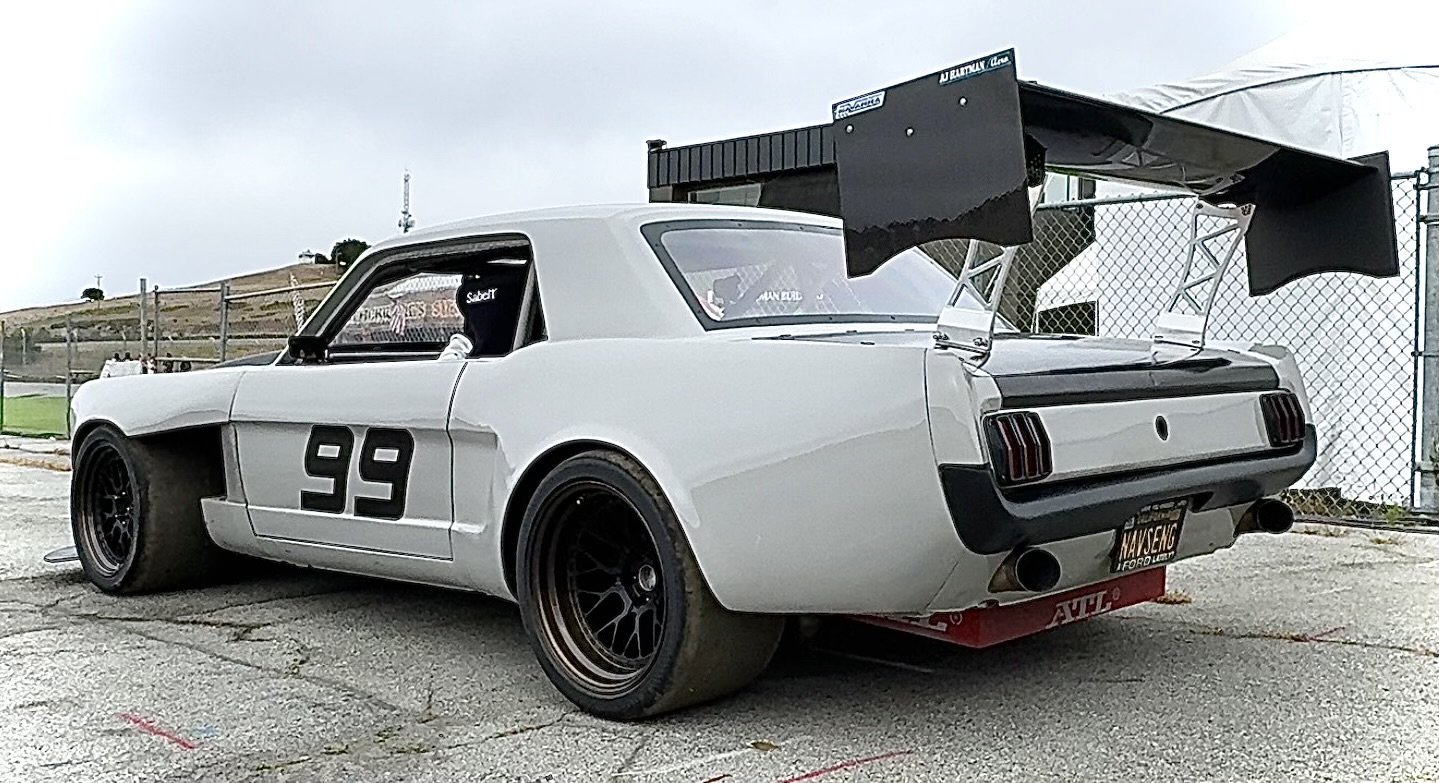
SpeedSF Blog
Every Build Has a Story – Meet the Cars of SpeedSF

Brian’s Mustang: Keep It in the Family
With the help of capable friends and a fairly sizable budget, Brian decided to build this 1966 Mustang Coupe to a standard that most only dream about. NASCAR engine, sequential gearbox, big aero, and a elephant’s footprint make this machine one of the most extreme we’ve featured yet.
